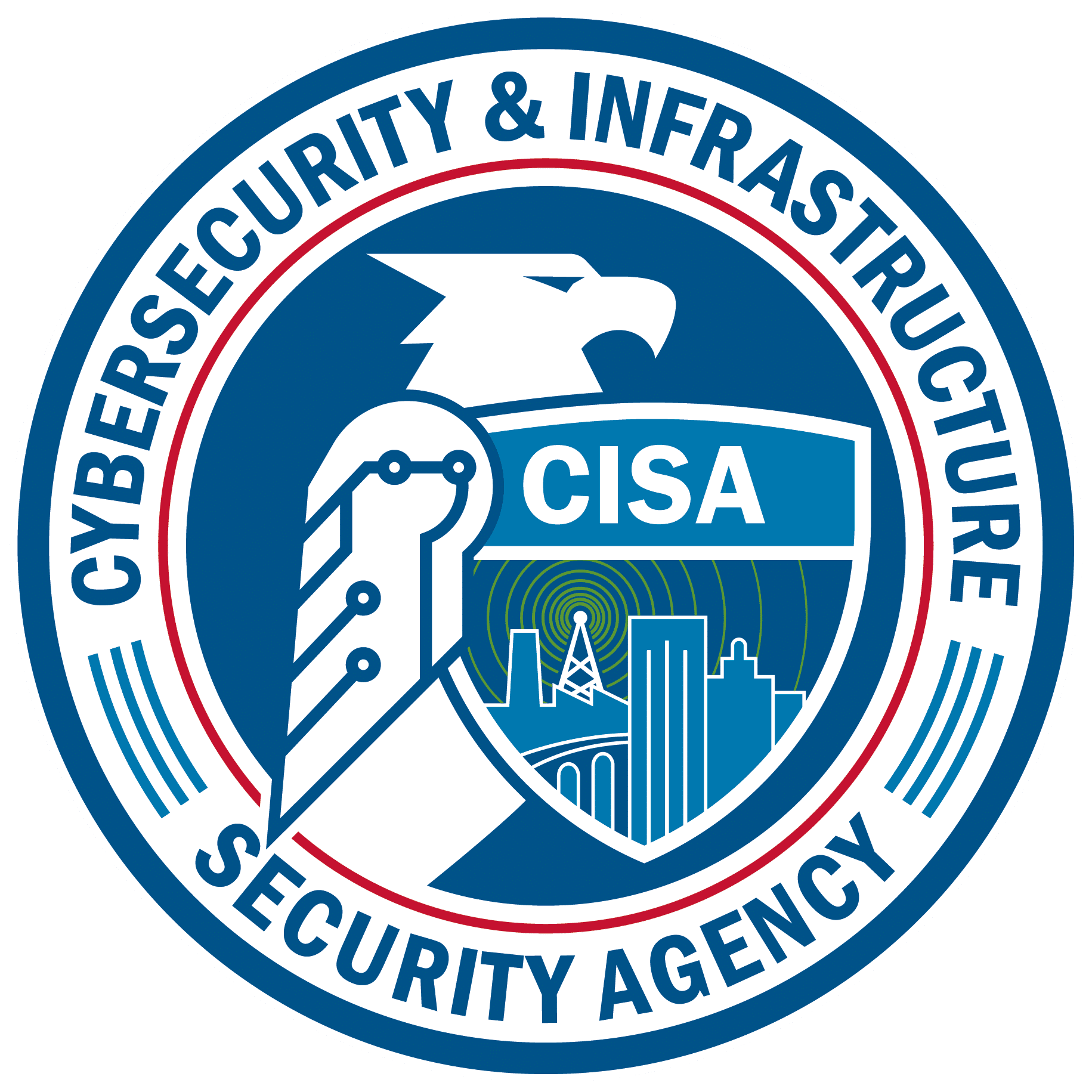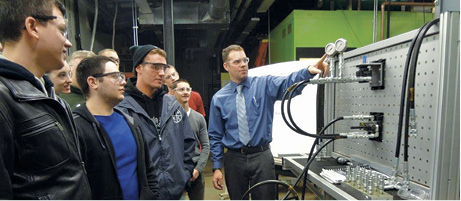Feds Warn of Cyber Threats to Manufacturers
 By Michael Degan, Fluid Power Journal Editor
By Michael Degan, Fluid Power Journal Editor
Manufacturers are at special risk for cyber-attack, according to a January report from the federal government.
The Cybersecurity and Infrastructure Security Agency cited increased use of robots, a lack of detection skills needed among IT personnel, and the need to develop cybersecurity and operational knowledge in the shop-floor environment as some of the factors expanding the cyber-attack risk for manufacturers, according to the January report.
The report named increased remote-based management of industrial processes as one of the sources of increased “operational vulnerabilities.” Those vulnerabilities include “expanded cyber-attack surfaces, reduced network segmentation and securitization, and unauthorized access (both physical and online).”
Other “operational adaptations” resulting from the pandemic, such as the adoption of remote work, have also increased the risk for manufacturers.
“Managing cybersecurity risks in an (industrial control systems) environment requires a blend of skills that has become onerous to maintain while facing pandemic-driven changes,” according to the report.
Growth in “the automation of critical manufacturing production by employing robots and management through remote operators,” places manufacturers at risk of a cyber-attack, the report said.
Introducing robots into the workplace “can potentially introduce new risks when implemented insecurely” the report noted.
“Retraining operators on new processes and strong connectivity to control robots for intricate operations” increases the operational costs of manufacturers,” the report noted. These new processes require “effective management of remote processes. Remote control, validation, and monitoring must be tailored to support operational needs,” the report said.
“Challenges with these include bandwidth constraints, identifying favorable remote conditions, and mitigating job losses for the workforce through retraining,” the report said.
“While [robotic automation] can greatly improve the production capabilities and security of manufacturing, it also introduces external supply chain risks.”
CISA warned in the report that the risks for manufacturers are growing all the time.
“If current trends hold, attacks against manufacturing sector infrastructure will continue to increase,” the report warned.
Manufacturers must continue to expand and leverage resources to protect themselves, including training people with the skills to prevent attacks.
“As cyber-attacks become more sophisticated, the skills needed to detect and respond to threats have greatly expanded,” the report said. “This heightened demand for talent also affects the talent pool available to effectively respond to these threats.”
But many companies have not been able to meet those increased needs, leading to a “rapid expansion of the threat landscape.”
With companies still reeling from the COVID-19 disruptions of the past two years, many are “more connected to enterprise networks, as well as to public clouds, vendor networks, and other third parties for remote management,” which has “made it far more likely manufacturing organizations will experience a cyber event significant enough to degrade or impede safety and availability of production.”
The report specifically warns that ransomware attacks are “a new threat to manufacturing” and have “begun to target systems lacking the inherent security controls required to protect themselves. The result can be catastrophic production loss and downtime as well as lost revenues and penalties for production delays,” the report said.
Protection against these numerous cybersecurity issues “requires a long-term and multi-faceted approach,” the report said.
“Developing cybersecurity and operational knowledge within the shop floor environment is essential, given reduced crew density. Additionally, cybersecurity teams within firms must invest in training for security analysts to be capable of remote monitoring of manufacturing environments.”
For more mitigation strategies, see the CISA Cybersecurity Best Practices for Industrial Control Systems here.







